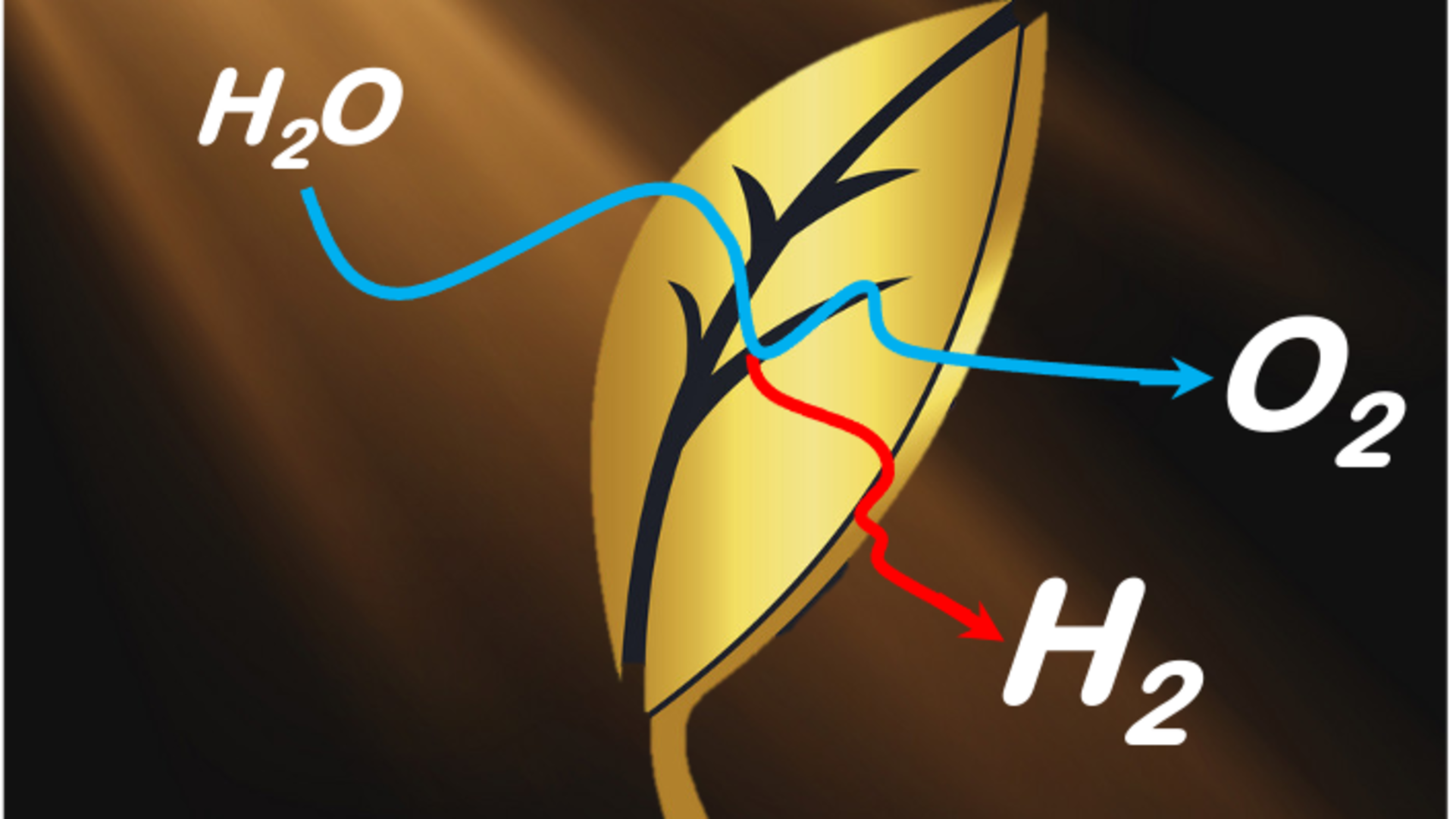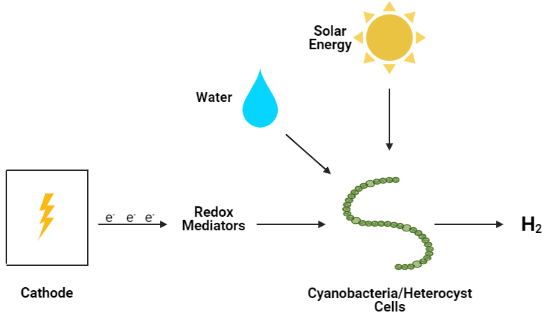ESA Stimulates Sustainable Energy Research
Conscious of the potential environmental impacts of the non-renewable materials used to make renewable energy technologies, last December ESA set out to find ideas for more environmentally, economically and socially sustainable ways to produce energy. A total of 30 ideas were proposed, of which 17 have been selected to submit full research proposals.
The aim was to source ideas that would advance the technologies required for 'artificial photosynthesis ', in a step towards producing hydrogen efficiently and sustainably, as well as reducing carbon dioxide in the air.
"I was really impressed by the quality of the proposals, which addressed both hydrogen production and carbon dioxide reduction," explains ESA Engineer Jean-Christophe Berton, who led the hunt for ideas. "One idea matched what I had in mind, but others were very innovative, and really showcased the capability of European SMEs and universities to brainstorm on behalf of ESA.
Hydrogen production and carbon dioxide reduction have the potential to be used for a vast range of space and terrestrial applications. The proposed ideas were varied, covering applications such as terraforming Mars, living on the Moon and supporting astronauts onboard the ISS. One selected idea, for example, explores how photosynthesis works in microgravity to model the processes behind photochemical devices in the same situation.
Jean-Christophe works on ground segment systems at ESA's European Space Operations Centre (ESOC), and notes: "A few of the ideas have the potential to make their way through ESA's investment channels to materialise in ground station use cases. For other applications, for example, providing energy on other planets, relevant ESA experts have commented on how the ideas nicely complement existing research."

Golden leaf: using the properties of gold to split water into oxygen and hydrogen
"An important part of this call for ideas was progressing the various technologies required at different levels: from cell design optimisation up to the complete system integration. To achieve this, we need to get experts in different domains talking and working together. Thanks to this call for ideas, we are seeing such a network start to emerge and from some of the ideas, we would expect to see a prototype that could evolve towards an operational product."
The call for ideas was run by ESA Discovery through the Open Space Innovation Platform (OSIP), E SA's platform for sourcing novel ideas. On running such a call through OSIP, Jean-Christophe says: "I would definitely encourage people to use OSIP to run calls for ideas, but I would also recommend ESA Member State citizens – academia, universities and industry – to use it to change ESA and Europe overall. It was fantastic to see innovation and digitalisation coherently come together with sustainability in an economic, social and environmental sense."

A selected idea that would be carried out by the University of Cambridge proposes to investigate the use of cyanobacteria as a carbon-negative method of hydrogen production
"If we want to make the core of ESA’s activities green, we have to embark on a few of the selected ideas – it won't be enough, but it would be a start. I believe that the eight Rs methodology (re-evaluate, reconceptualise, restructure, redistribute, relocalise, reduce, reuse, recycle) should systematically be considered in any ESA call for ideas or invitation to tender if we all want to lower our carbon footprint."
The individuals and teams behind the selected ideas have now been invited to submit full technical proposals. It is expected that a significant number will receive funding, either as research projects co-funded by ESA and a university, or as early technology development projects funded by ESA.

